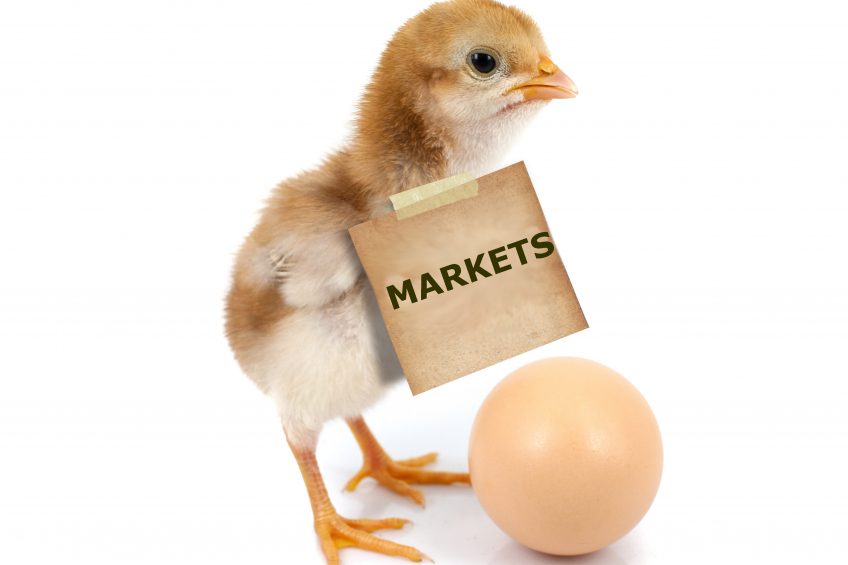US expects growth in all poultry sectors in year ahead

Latest forecasts suggest ongoing growth over the next 12 months in all US poultry sectors.
Statistics released by the US Department of Agriculture (USDA) predict growth of:
- 2% in the broiler sector
- 1.7% in the egg sector
- but a lower 0.3% rate in the turkey sector
USDA says the major reason for the rise in the 3 commodities is likely to be increased domestic consumption, although there will also be growth in the broiler export market and a rise in stock and use of table eggs that can be attributed to an expected increase in hatching use.
In its July Livestock, Dairy and Poultry Outlook, USDA says broiler production forecasts have been raised on recent data, including placements and average bird weights.
Analysts Sean Ramos, Kim Ha and Alex Melton said average live weights were up by 1.1% from last year, accounting for nearly half of the production growth.
The number of chicks placed in meat-growing operations has trended strongly since May, supported by a breeder inventory of over 59 million as of June 1.
Also read: Rabobank: Volatile poultry trade, local markets bullish
Mexican tariffs on US pork could prove promising for poultry
Broiler exports to Mexico – the US’s largest market – fell year over year by 3% in May, mainly due to the outbreak of Newcastle disease in back-yard flocks in California. However, shipments to Mexico have resumed, and it is anticipated that Mexican tariffs on US pork could make broiler meat – on which Mexican tariffs have not been levied – more attractive, increasing demand. Other major markets, such as Taiwan, Angola, Cuba, Canada, Guatemala and Vietnam are set to increase.
Broiler prices
Broiler prices have been rivalling historic highs reaching a peak in mid-June of US1.21 per pound, although have fallen back in recent weeks due to seasonality issues.
Egg prices
Egg price projections were raised on a recent upsurge, while production forecasts were increased on recent data, including year-over-year growth in layer inventory.
May table egg production reached 661m dozen, 2% higher than last year. Consistently high egg prices in the past year have been met by steady indications that producers seek to expand, including 9% January-May growth in eggs hatched for adding to egg-type chicken inventories.
Further expansion is anticipated in the coming months and beyond with projected table egg production raised 20m dozen for both the third and fourth quarters and another 20m dozen for 2019.
Also read: Striving to improve poultry farming’s image
Egg exports
Egg exports are up with Canada purchasing 4.2m dozen additional purchases this year, most of which were shell eggs. Exports to Japan were 3.6m dozen higher and Hong Kong took an additional 1m dozen. However, there were lower exports to the United Arab Emirates and South Korea. Projected 2018 exports of egg and products were increased 6m dozen to 341.9m dozen.
Egg imports
Imports of eggs and products to the US in May remained relatively low at 1.6m dozen, with nearly half coming from Canada.
Turkey production
Turkey production remains down relative to 2017 as low prices and high stocks in cold storage suggest reduced demand compared with recent years. Turkey exports fell versus a year earlier for the first time in 8 months in May, but the export market remains strong relative to domestic use.
Analysts said turkey price forecasts for 2018 are expected to average $0.81 to $0.84 per pound for the year at the midpoint – about 14% below 2017 prices. This is expected to rise to average $0.84-$0.91 per pound in 2019.












